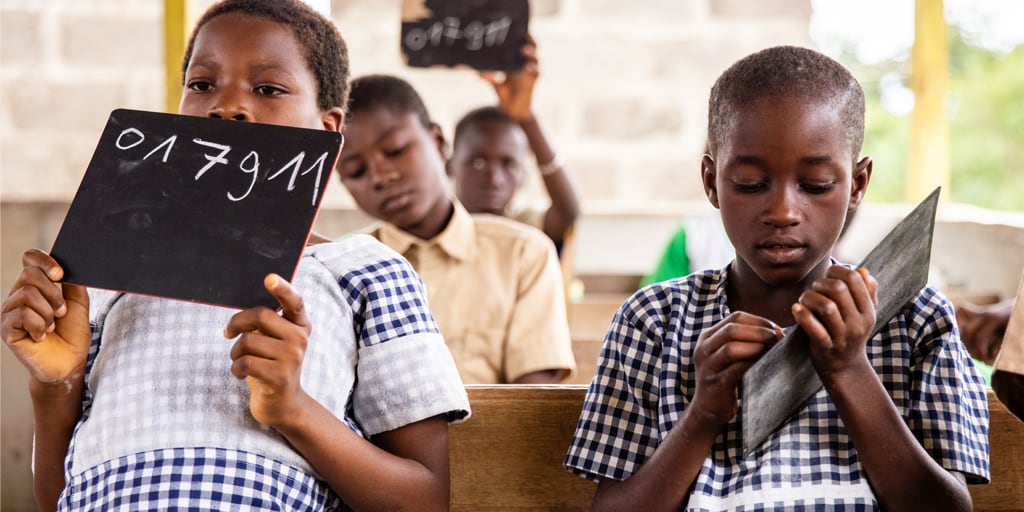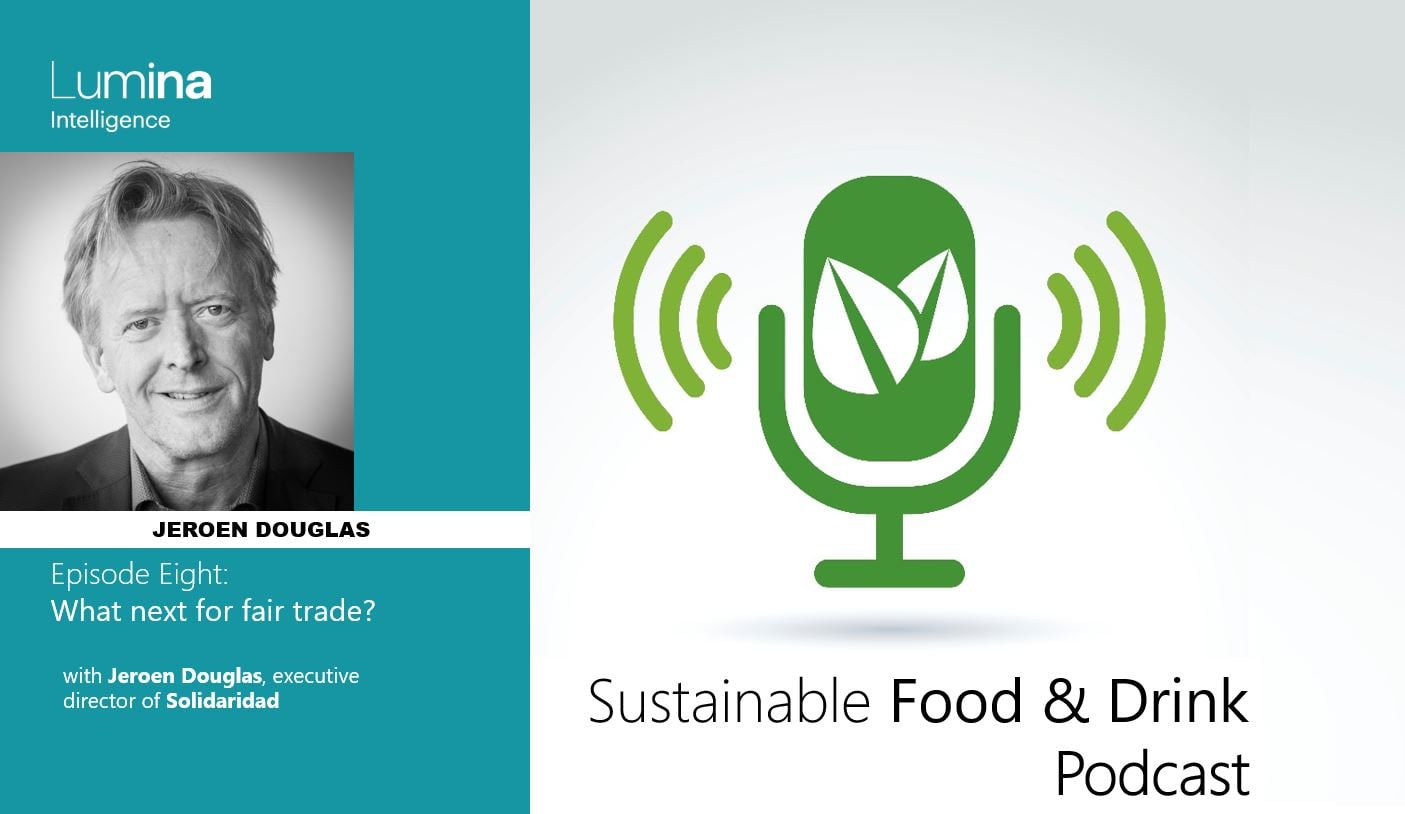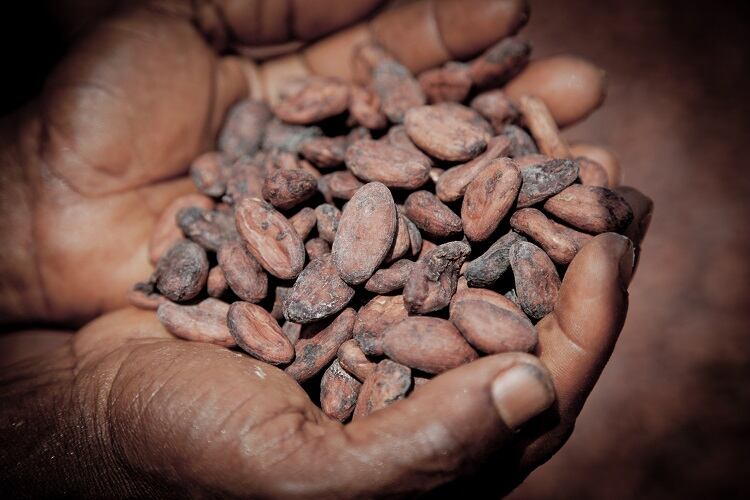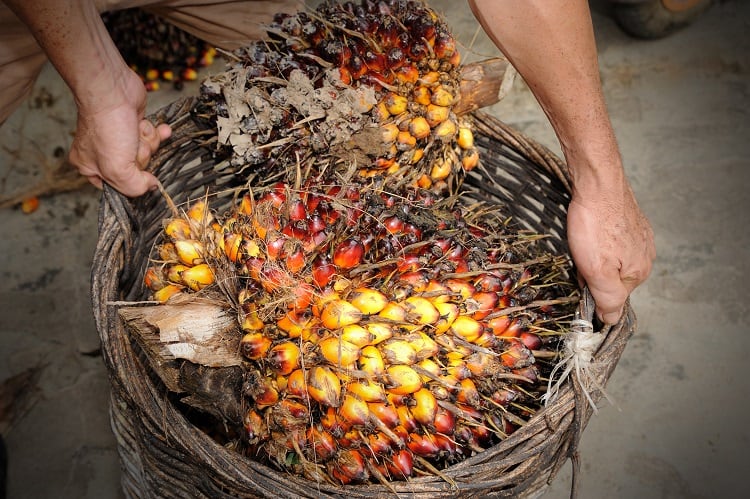In 2012, Nestlé partnered with the International Cocoa Initiative (ICI) to pilot a Child Labour Monitoring and Remediation System (CLMRS) in its cocoa supply chain. The aim was to identify children involved in unacceptable labour – defined as ‘hazardous activities’ such as using a machete, spraying pesticides or carrying excessively heavy loads – and take preventative action.
According to Olivier Laboulle, head of programme at the ICI, the first challenge was pinpointing occurrences that the certification schemes had failed to pick up. “In 2012, when Nestlé started this system, we had gone through nearly a decade of certification audits that year, after year, after year found there was no child labour in the supply chain. Meanwhile, journalists, researchers, investigators and activists were finding widespread child labour,” he explained.
To address this, the CLMRS works with local communities to identify any child labour issues. A designated community liaison person carries out home visits, talking with farmers and their children to spot risk.
Where child labour is detected, Nestlé triggers its remediation efforts. Darrell High, global head of the Nestlé Cocoa Plan, explained that intervention consists of ‘a range of things’.
“The vast majority of child labour in cocoa in West Africa involves children supporting their parents on family farms. The first way we tackle the issue is through awareness raising activities. We help farmers make a clear distinction between what their children can do, are allowed to do, and activities categorised as child labour by the International Labour Organisation (ILO) and local legislation.”
The company targets its action based on individual circumstances. “Our goal is to work with the different parts of the supply chain to address the complex issue of child labour. But we have several levels of suppliers,” High told FoodNavigator.
This means larger suppliers that fail to comply with child labour requirements face being de-listed. “For our Tier 1 supplier or direct suppliers – for example large processors or bean traders - if these suppliers refuse to co-operate and help address the issue of child labour while implementing CLMRS we will not continue to work with them.”
But for farmer cooperatives and individual smallholders the KitKat to Nesquik maker adopts a more nuanced approach. “For our Tier 2 suppliers (eg farmer coops), if here is a refusal to implement CLMRS we would do our best to persuade them but ultimately would not work with them. [At a] farmer level, taking individual farmers out of our supply chain will not help fix the problem and rather will encourage people to hide the cases which go counter to what we’ve achieved so far. When you meet individual cases, you understand the difficulty families can be in. So, while we would not say ‘never’, it is not something we’re considering in the short term.”
Tackling the roots of child labour
Nestlé’s action on child labour goes beyond putting pressure on suppliers to drop the practice. Within the broader context of the Nestlé Cocoa Plan, which has seen an investment of CHF220m over the past ten years, the company says it is also working to help tackle the causes of child labour.
There is a big focus on education and High noted that Nestlé is involved in building schools, providing school kits, bridge schools and the provision of birth certificates so that children have access to secondary education.
“Children deserve the chance of a quality education and a brighter future. We take action to achieve that. We aim to prevent and address child labour wherever it occurs in our supply chain,” he stressed.
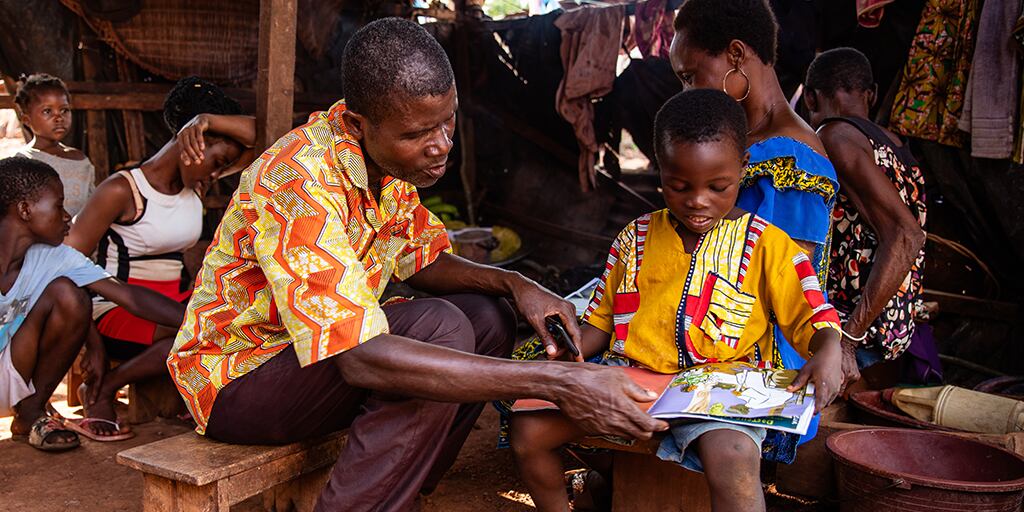
Nestlé has also said it wants to address probably the most significant factor contributing to child labour: farmer poverty. According to the company’s own assessment, the average cocoa farmer in Ghana earns just $1 a day – well below the World Bank’s International Poverty Line of $1.90 a day.
“The key success drivers [to reducing child labour] are: access to education for adults and kids, as well as improvement of livelihoods through income generating activities, particularly for women, and community services where we have groups of men to do the hazardous actives on farm so that the children doing it,” High believes.
However, Oliver Nieburg, market analyst for Lumina Sustainability (the insight platform owned by FoodNavigator's publisher, William Reed Business Media) and host of the Sustainable Food & Drink Podcast, highlighted the limitations of Nestlé’s efforts to tackle poverty in its supply chain.
“CLMRS offers safeguards against child labour, but it’s root cause is poverty. Nestlé is aiming to support farmer livelihoods, but it has not set a public KPI on net income of cocoa farmers in the Nestlé Cocoa Plan. The company makes no guarantee of zero poverty ($1.90 a day) or a living income for Nestlé Cocoa Plan farmers. It is collecting socioeconomic data, but does not publicly report figures or pledge that poverty is intolerable in its supply chain,” he told us.
Nick Weatherill, executive director at ICI, believes ‘closing the gap’ between farmer incomes and the poverty line ‘is going to be key’. But simply increasing the price paid for cocoa would not necessarily address poverty – and could have some very unfortunate side effects, he argued.
“Farmer poverty is a key driver of child labour. We know the price farmers get paid for cocoa has an impact on their income and levels of poverty. It is not the only driver. The price of coca is a difficult thing to influence," Weatherill said.
For instance, he suggested if cocoa buyers were to start paying more for the commodity, this could result in an increase in supply. Not only could this result in deforestation and even an increase in child labour – it would also likely mean the market is flooded and a price crash would ensue.
“It’s not a simple answer. There is evidence out there that suggests if all you do is increase the price of cocoa not only do you increase production, you can also increase the use of children… There are some important unintended consequences to watch for.”
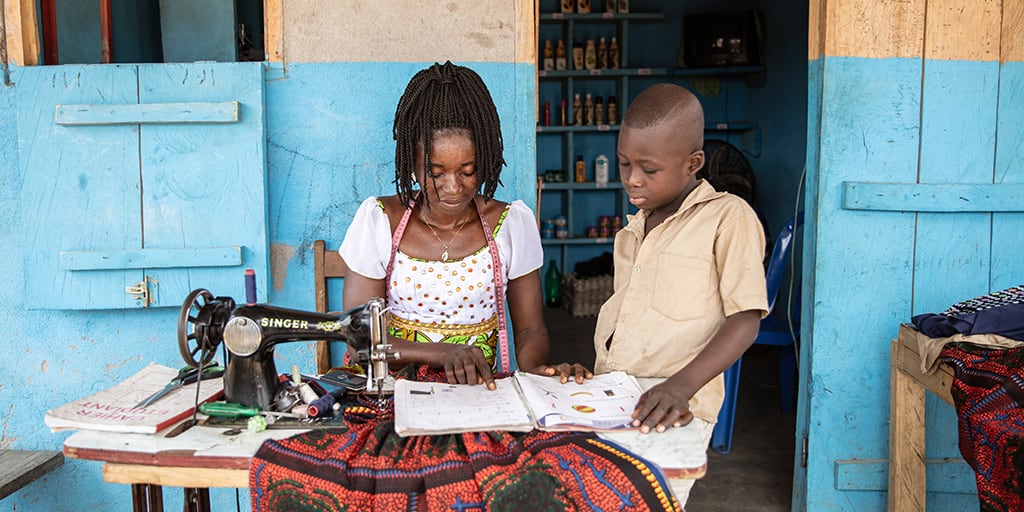
Building scale in child labour monitoring and sustainable cocoa
The CLMRS was launched in Côte d’Ivoire in 2012 and has since been extended to communities in Ghana.
In its 2019 ‘Tackling Child Labour’ report, Nestlé revealed that CLMRS is now used in a total of 1,750 cocoa growing communities. It includes 16,040 community liaison people monitoring over 78,580 children.
“Of the 78,000 kids being monitored we have found 18,000 children doing child labour, which is clearly not something we are proud of. But it shows the system is finding the kids, which is the first hurdle. With this visibility we have found, after help and further visits, we get a 55% drop in children doing these activities," High said.
Scaling the pilot project, Nestlé has not only reached more children in the cocoa sector, it has also been able to drive down the cost of the CLMRS from $90 per farmer to $70 per farmer (an expense that the company itself covers).
“Our latest data shows us that the child labour system remains effective in identifying children doing unacceptable work. The system works as effectively at scale as it did in the development phase,” High claimed.
“Looking forward, we are going to continue to improve the system’s efficiency and effectiveness. Based on the learnings and we are going to continue to expand it. We will not stop here.”
The company also announced it aims to source 100% of its cocoa for confectionery products through the Nestlé Cocoa Plan by 2025.
Is zero child labour in cocoa possible?

But, if to date only 55% of the children covered by CLMRS have stopped being involved in hazardous activities – and given that as the system is extended it will likely uncover greater levels of child labour in the supply chain – we asked Nestlé if they believed the company could ever reach zero child labour in cocoa.
High remains hopeful: “Certainly, the whole point of this is to ultimately eliminate child labour in our supply chain. I think it will take many years to get there but at some point we will.”
And the issue of child labour in cocoa is certainly not one only limited to Nestlé. ICI works with various partners, from Ferrero, Hershey, Mondelez and Mars to Barry Callebaut, Olam Cocoa and Cargill. The organisation wants to see some form of monitoring and remediation system rolled out across the entire cocoa sector in West Africa.
“There is a broader scaling journey which is going on with other companies when it comes to child labour monitoring and remediation,” Weatherill explained.
“We now have a total of 12 different companies in the cocoa sector who are implementing some form of child labour monitoring and remediation. They aren’t identical but they all rest on having people on the ground who are looking and seeking to address it in a humane way. We now have about 15% of the supply chain in Ivory Coast and Ghana covered by some form of CLMRS.”
Again, this would seem to indicate an uphill battle to truly eliminate child labour from global cocoa supply chains.
“We have to be optimistic and I think we are all rallying round a Sustainable Development Goal that calls for the elimination of all forms of child labour by 2025. Which I would say is highly, highly ambitious,” Weatherill responded.
The achievement to zero child labour will not be straightforward, he continued. Can the goal be reached?
“The pathway to child labour elimination has many different tributaries. If we get the full cocoa supply chain covered by this sort of risk management due diligence system; and if concurrent to that we manage to progressively lift farmers out of poverty; if concurrently women are empowered, which we know has a huge impact on a community's ability to protect children; if concurrently access to quality education is assured for all children living in cocoa growing communities… Then the answer is yes. But those are some big ifs.
“I think that the key right now is to recognise that we are on the right path, we know where we are heading, we know what needs to be done. But we absolutely need to double up on our efforts and pull many more actors into this equation.”
Where does this leave the EU’s ‘zero tolerance’ stance?

For Weatherill, the transparency brought by the monitoring system has shed light on a problem that requires urgent attention.
“A very important cornerstone… is transparency. We can’t learn if we can’t talk about what they are seeing on the ground. We can’t learn if we can’t talk about successes and challenges,” he stressed.
However, Neiburg suggested that the discovery of significant levels of child labour within cocoa supply chains could raise some difficult questions when it comes to the position taken by regulators in import markets such as Europe.
“If 18,000 child labourers have been found within established cooperatives, more are likely to be unearthed as Nestlé expands the Plan to new farmers likelier to be more impoverished than the existing cohort.
“The new European Commission president has promised ‘zero tolerance’ on child labour in EU trade agreements. Will having a CLMRS in place while thousands of child labourers are being uncovered – even if the cases are being remediated - be considered zero tolerance under EU regulation?”
High’s interpretation is that the regulatory environment is likely to look more favourably on companies who are taking ‘responsibility’ to attempt to manage the risk.
“Looking at it from a human rights due diligence perspective, the UN guiding principles that are driving the current regulatory efforts in relation to the cocoa sector and beyond really doesn’t say that companies have to guarantee there is zero child labour before they import in to European markets, for instance, or the markets where those regulations are in place. What it does say is where there are risks it has to be responsibly managed and transparently managed. That is where systems like the CLMRS help because they allow companies to show they are taking responsibly.”
Weatherill concurred that CLMRS is ‘helping companies meet the growing burden of expectation and obligation upon them’.
Scaling up CLMRS - and Nestlé's commitment to extend the Nestlé Cocoa Plan - are important developments for the cocoa sector, Neiburg concluded. However, he also stressed that this will be little consolation for past victims of child labour in cocoa.
"Scaling up CLMRS and the Nestle Cocoa Plan is a crucial step. It’ll be of little consolation to those engaged in child labour to supply Nestlé in the Eighties, Nineties and Noughties, who now may be suffering the consequences of missing school, lifting heavy loads or being exposed to agrochemicals as a child. But it’s progress.”

